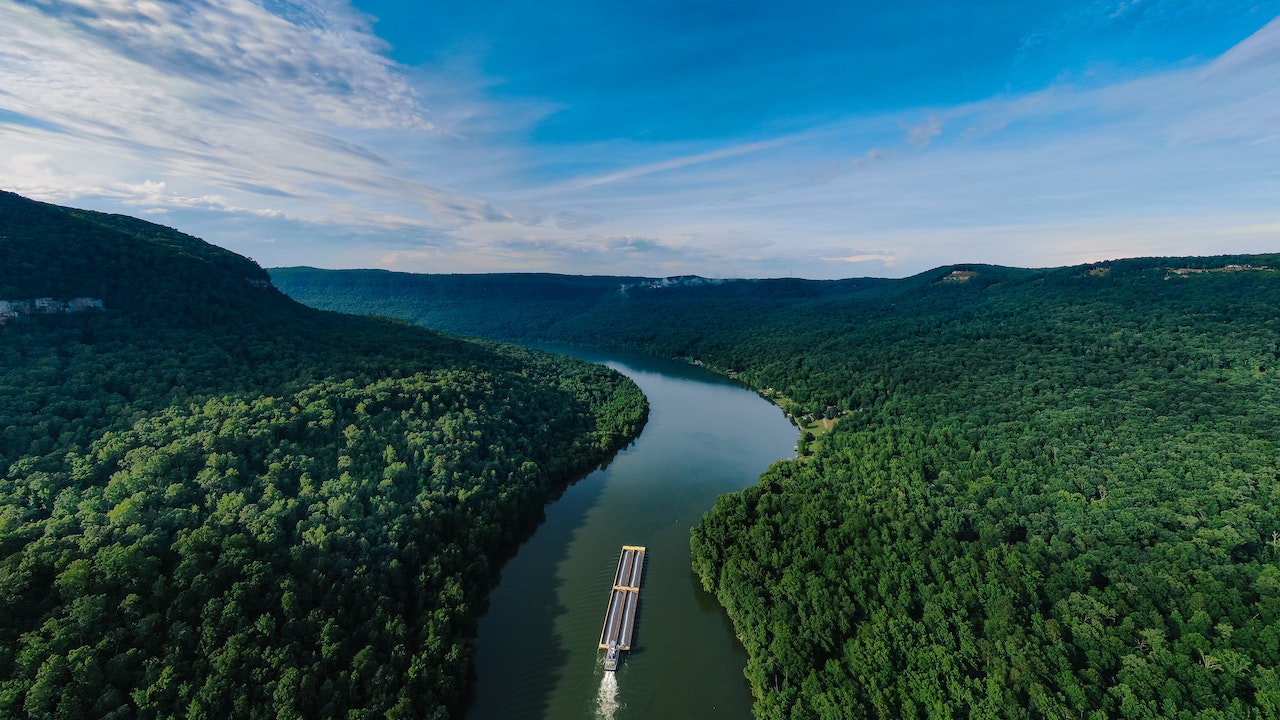The Amazon Forest: A Journey Through the Lungs of the Earth
The Amazon Forest: A Journey Through the Lungs of the Earth, Its Magnificent Biodiversity, Vital Role in Climate Regulation, and Ongoing Challenges of Deforestation and Illegal Activities, Along with Efforts to Preserve and Conserve this Precious Natural Wonder Through Ecotourism and Individual Actions.

The Amazon Forest is one of the most biodiverse regions on the planet and is often referred to as the "lungs of the earth" due to its ability to produce over 20% of the world's oxygen. This vast expanse of wilderness, spanning over 6.7 million square kilometers, is home to over 10% of the world's known species, many of which are found nowhere else on Earth. This incredible ecosystem has been evolving for millions of years and continues to fascinate and intrigue scientists and nature lovers alike. Join me on a journey through the Amazon Forest, as we explore its unique beauty, the challenges it faces, and the efforts to preserve this precious natural wonder.
The Amazon Forest is located in South America, spanning eight countries, including Brazil, Colombia, and Peru. It is the largest rainforest in the world and is often referred to as the "Amazon jungle" due to its dense vegetation. The forest is home to an incredible array of plants and animals, with over 40,000 plant species, 1,300 bird species, and 427 mammal species. The region is also home to over 400 indigenous tribes, each with its own unique culture and traditions.
One of the most incredible aspects of the Amazon Forest is its sheer size. To put it into perspective, the forest is larger than the entire continent of Europe and spans over 9 countries. The Amazon River, which runs through the forest, is the largest river in the world, with a length of over 6,400 km. This river is an essential lifeline for the people and wildlife of the Amazon Forest, providing water for drinking, bathing, and irrigation.
The Amazon Forest is also a crucial contributor to the global climate. The dense vegetation of the forest absorbs a significant amount of carbon dioxide, helping to regulate the earth's climate. The trees in the Amazon also release moisture into the air, which helps to create clouds, reflect sunlight, and regulate the earth's temperature.
However, the Amazon Forest is facing a multitude of challenges, including deforestation, illegal logging, and mining. The forest is being destroyed at an alarming rate, with an estimated 20,000 square kilometers being lost each year. This deforestation not only threatens the survival of the plants and animals that call the Amazon home but also contributes significantly to climate change. The loss of trees in the Amazon Forest results in an increase in carbon dioxide emissions, which contributes to the warming of the planet.
Despite these challenges, there are many efforts underway to protect and preserve the Amazon Forest. The Brazilian government has implemented laws to protect the forest and is cracking down on illegal logging and mining. Many non-profit organizations, such as the Amazon Conservation Association and Rainforest Foundation US, are working to protect the forest and its inhabitants.
One way to support the protection of the Amazon Forest is through ecotourism. Eco-tourism allows visitors to experience the natural beauty of the Amazon while supporting local communities and conservation efforts. Tourists can explore the forest on guided hikes, boat tours, and even wildlife-watching expeditions. Many lodges and accommodations in the region are working to minimize their environmental impact, using sustainable practices such as solar power and rainwater collection.
In addition to ecotourism, individuals can also support the protection of the Amazon Forest by making conscious choices in their daily lives. Choosing sustainable and responsibly sourced products, reducing energy consumption, and supporting organizations working to protect the forest are all simple ways to make a positive impact.
In conclusion, the Amazon Forest is a natural wonder that must be protected and preserved for generations to come. The vast expanse of wilderness, home to an incredible array of plants, animals, and indigenous communities, plays a vital role in regulating the earth's climate. However, the forest is facing numerous challenges, including deforestation and illegal activities that threaten the survival of the forest and its inhabitants. It is essential to continue the efforts to protect and conserve this precious natural resource.
Visiting the Amazon Forest and supporting eco-tourism can also help support conservation efforts and allow visitors to experience the beauty of the region while learning about its importance and fragility. Supporting organizations and initiatives that work towards the protection of the forest is also crucial in preserving this vital ecosystem.
As individuals, we can also make a difference by making conscious choices in our daily lives, such as reducing our carbon footprint and supporting sustainable and responsibly sourced products. By taking these small steps, we can contribute to the preservation of the Amazon Forest and help ensure its survival for future generations.
ALSO READ
NBA Releases ₹14.88 Cr for Red Sanders Conservation, ABS Payouts Cross ₹143 Cr
Assam Cabinet Paves Way for Progress: Sports Empowerment, Environmental Conservation, and Infrastructure Development
EU Delays Groundbreaking Anti-Deforestation Law Amid Global Pressures
Tamil Nadu Strengthens Marine Conservation with Elite Force
Rajasthan's Green Revolution: Championing Environmental Conservation










